"graceful deer": Dawn Huczek, CC BY 2.0, via Flickr @ https://www.flickr.com/photos/31064702@N05/3271066657
Fawns await, in hiding places chosen by does, their mothers' return from food forays.: Ragamuffin Brian, CC BY-ND 2.0, via Flickr @ https://www.flickr.com/photos/90003109@N05/8182652533/
Bozeman, Gallatin County, northeastern Montana: Matt Lavin, CC BY-SA 2.0, via Wikimedia Commons @ https://commons.wikimedia.org/wiki/File:Euonymus_alatus_(5108089460).jpg
Białowieża, Podlasie Province (Podlaskie Voivodeship), northeastern Poland: Beentree, CC BY-SA 4.0, via Wikimedia Commons @ https://commons.wikimedia.org/wiki/File:Berberis_thunbergii_2_beentree.jpg
Minsk, central Belarus, northeastern Europe: Hanna Zelenko, CC BY-SA 4.0, via Wikimedia Commons @ https://commons.wikimedia.org/wiki/File:Weigela_middendorffiana-1.jpg
Pieris genus was named by Scottish botanist David Don (December 21, 1799 – December 15, 1841).: Green Optics, CC BY 2.0, via Flickr @ https://www.flickr.com/photos/60548141@N00/5689069542/
Jardin des Plantes, Toulouse, southwestern France: Didier Descouens, CC BY SA 3.0, via Wikimedia Commons @ https://commons.wikimedia.org/wiki/File:Buisfleurs.jpg
Lindera obtusiloba's leaves turn bright butter-yellow in autumn.: Chhe at English Wikipedia, Public Domain, via Wikimedia Commons @ https://en.wikipedia.org/wiki/File:LinderaObtusilobaLeaf.jpg
Cambridge University Botanic Garden: Magnus Manske, CC BY-SA 3.0, via Wikimedia Commons @ https://commons.wikimedia.org/wiki/File:Viburnum_grandiflorum_(Caprifoliaceae)_(flower).jpg
'Pink Delight' has a parentage of B. davidii 'Fascination' × B. davidii var. nanhoensis 'Alba' × B. 'West Hill'.: Ptelea, CC BY SA 3.0, via Wikimedia Commons @ https://en.wikipedia.org/wiki/File:Buddleja_'Pink_Delight'_panicle.jpg
Chattahoochee River National Recreation Area, northern Georgia: National Park Service Park Wildlife Camera, Public Domain, via Chattahoochee River National Recreation Area @ https://www.nps.gov/media/photo/view.htm?id=BB8F6C2B-1DD8-B71C-078C05391723ECD7
Narragansett Bay National Estuarine Research Reserve, southern Prudence Island: NOAA Photo Library, CC BY 2.0, via Flickr @ https://www.flickr.com/photos/noaaphotolib/5408301621/
Odocoileus virginianus doe: dw_ross (MostlyDross), CC BY 2.0, via Flickr @ https://www.flickr.com/photos/dw_ross/5185425052/
National Bison Range Wildlife Refuge, western Montana: US Department of Agriculture (USDAgov), Public Domain, via Flickr @ https://www.flickr.com/photos/usdagov/7042888599/


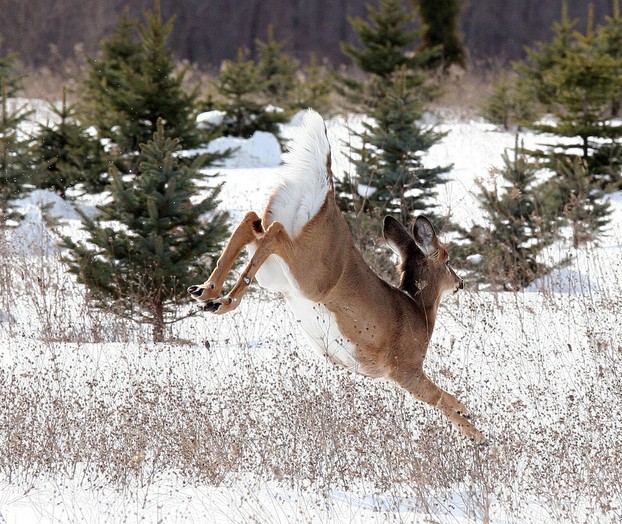
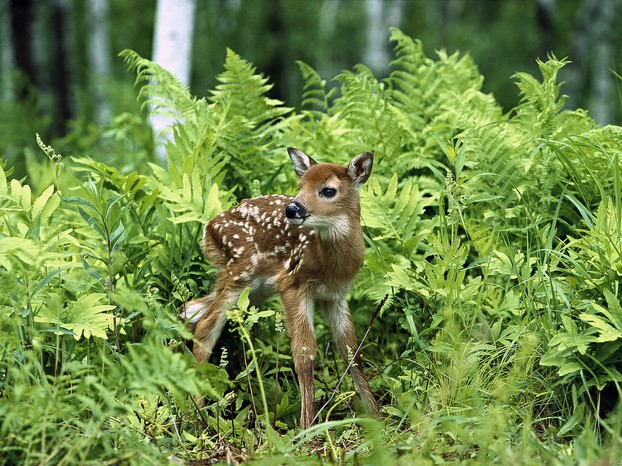
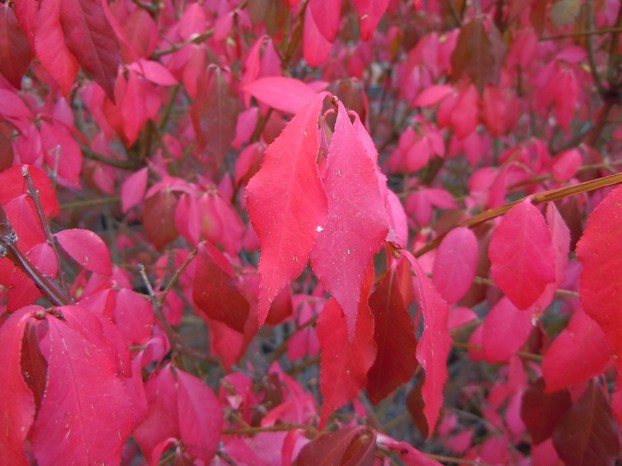
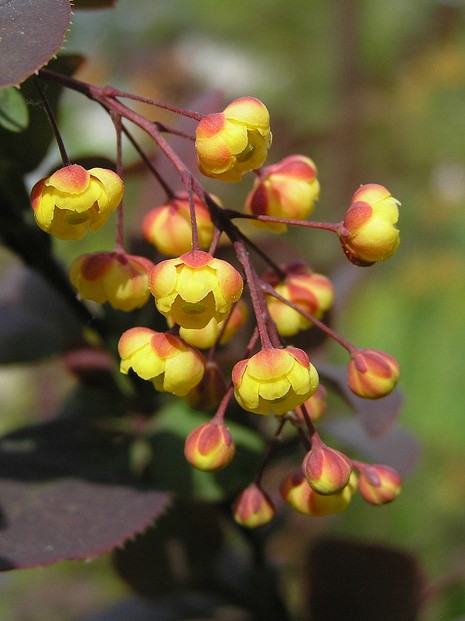
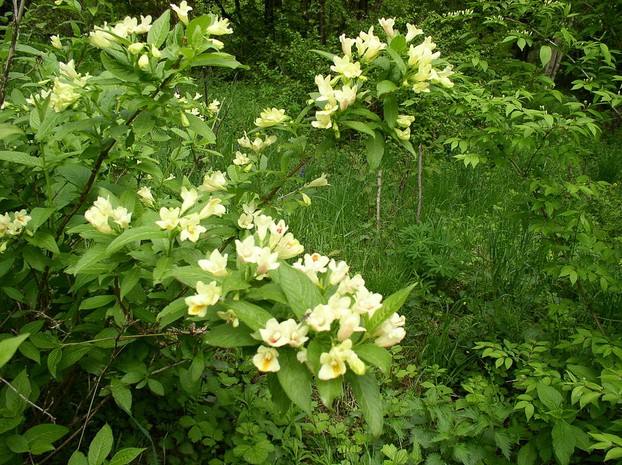
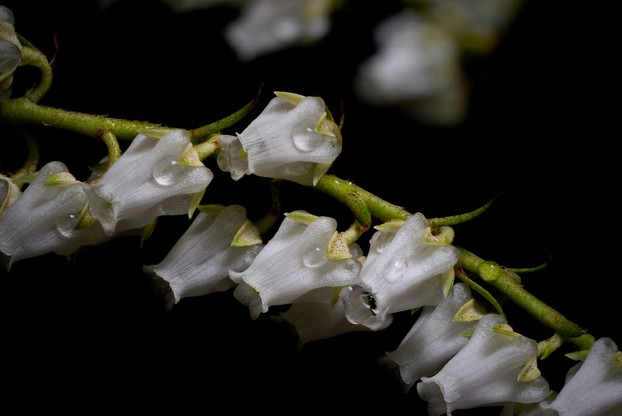
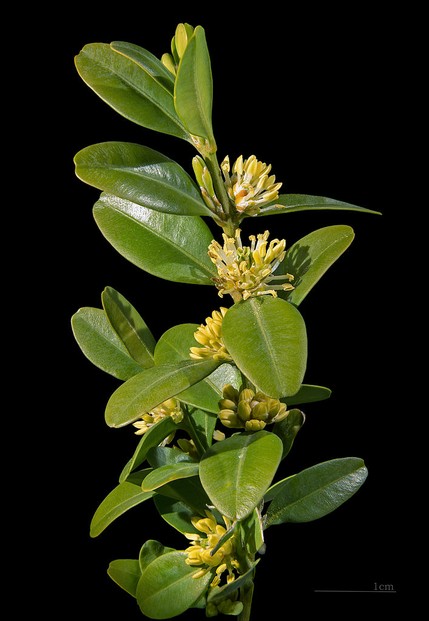
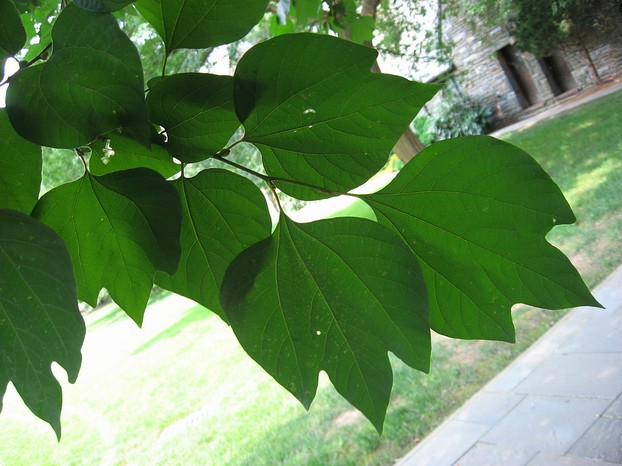
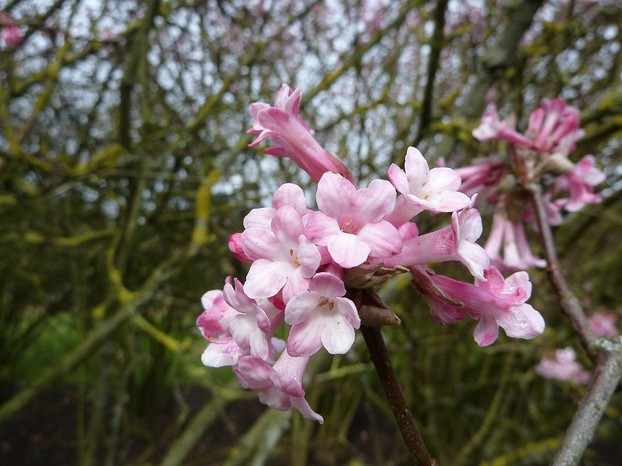
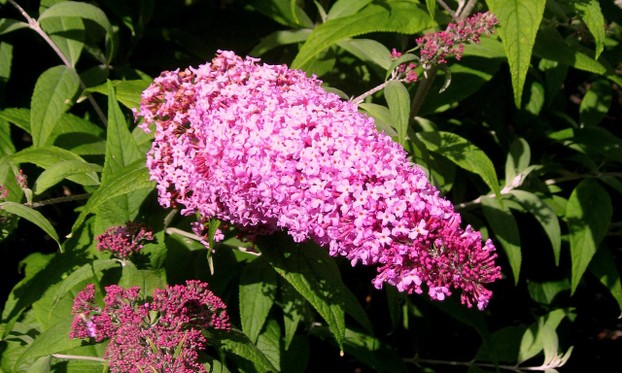
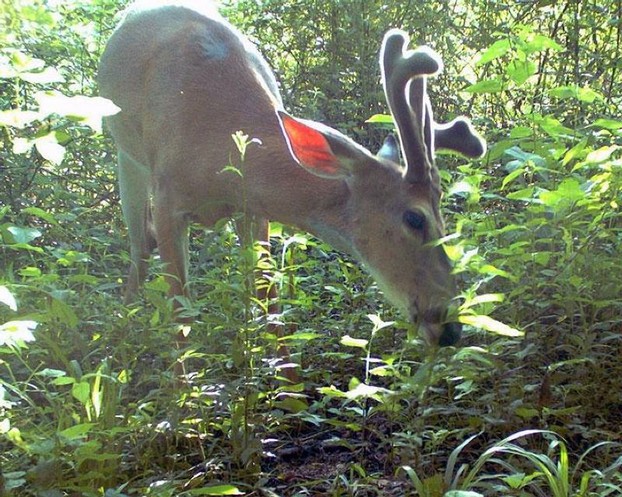
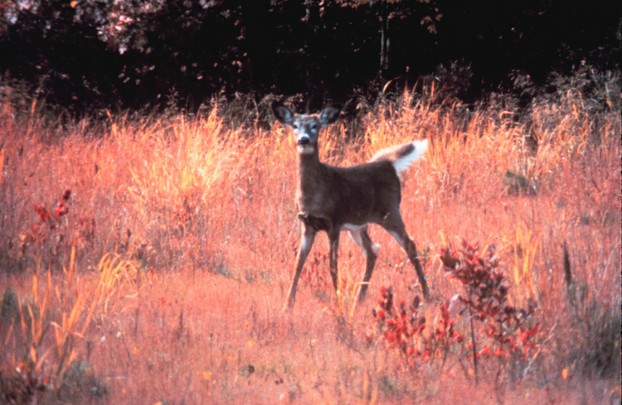
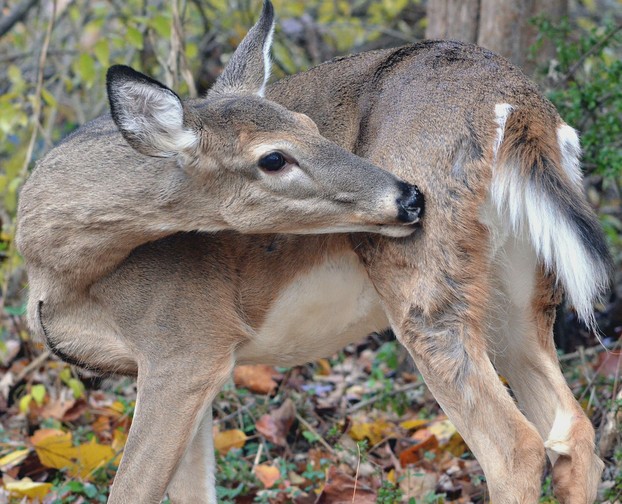
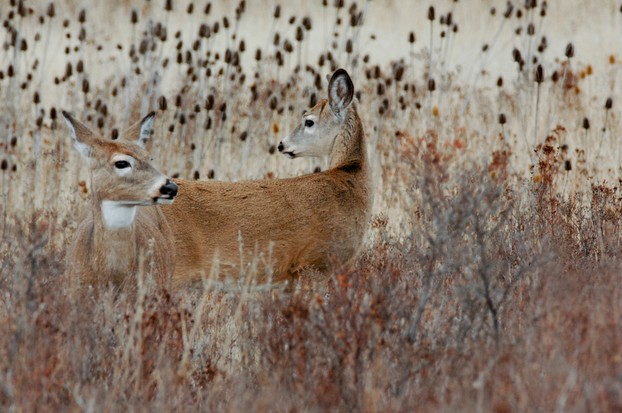







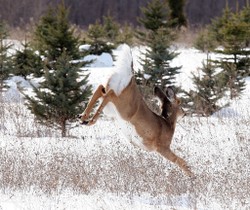

 Are Hawaiian Huakai Po Nightmarchers Avenging Halloween Thursday?on 10/02/2024
Are Hawaiian Huakai Po Nightmarchers Avenging Halloween Thursday?on 10/02/2024
 Mailing Addresses for 2023 Form 4868 Extending 1040 and 1040SR April 15, 2024, Due Dateon 04/15/2024
Mailing Addresses for 2023 Form 4868 Extending 1040 and 1040SR April 15, 2024, Due Dateon 04/15/2024
 Mailing Addresses for 2023 Forms 1040 and 1040SR Filed in 2024on 04/15/2024
Mailing Addresses for 2023 Forms 1040 and 1040SR Filed in 2024on 04/15/2024
 Mailing Addresses for 2022 Form 4868 Extending 1040 and 1040SR April 18, 2023, Due Dateon 04/13/2023
Mailing Addresses for 2022 Form 4868 Extending 1040 and 1040SR April 18, 2023, Due Dateon 04/13/2023

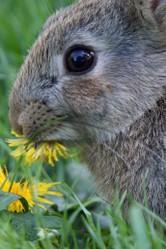
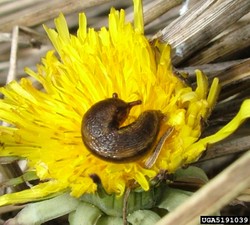
Comments
frankbeswick, Sounds like you're safe!
Thanks, I have never met one, but I am in the north and they tend to be mainly in southern woodlands. I am also in town, and they do not like urban environments.
frankbeswick, Wild boars would be a big problem. Your rules for wild boar encounters are wise. I hope that you're never confronted with any wild boars.
Muntjac farming might work, in fact it is a great idea, though it is unlikely that any unusual meat would get into the supermarkets for some time yet. It would be a niche market.
One of the biggest problems at the moment in the UK is wild boar,and this dwarfs the deer problem. Some escaped from boar farms during the hurricane of 1987, but others were deliberately released by animal rights activists, who thought that they should roam free! A fully grown male can weigh 350 pounds and has razor sharp tusks and teeth. They were released in the south and are slowly working their way north through woodlands. Basic rule for encountering them: walk away, you cannot win in a fight with a wild boar, Second rule, never annoy one, and they cannot be killed with shotguns. If they get into your garden, lose the crops.
frankbeswick, Ranchers in the American West and farmers and gardeners -- except in Florida where the whitetail is still a novelty -- throughout the U.S.A. tend to be anti-deer and anti-wolf. It makes it difficult to pursue the biological controls possible through integrated "pest" management when both predator and prey are deemed unacceptable presences.
The deer still flourish despite human enmity and wasting disease. The wolf is just coming back from almost virtual extinction by shotgun wielding farmers and ranchers.
Actor Timothy Dalton participated in a very informative documentary that is sympathetic to the plight of the wolf. Wolves are not opportunistic like coyotes. They have standards, set eating times, and limits on quantities consumed. The actor does an impressive imitation of various wolf calls.
I am glad to read that muntjac have not invaded your garden. I hope that avoidance continues to hold.
Do you think that there is any possibility for setting up muntjac ranches at some point since the modern descendants of an ancient lineage can't help being an introduced species and are just doing what deer do?
Ah yes, gun control: very controversial in the USA, and another school shooting occurred yesterday.
Red deer as well as muntjac are a problem, but the red deer easily hybridize with the related imported species, sika, and produce fertile offspring.
There is talk of reintroducing predators, such as wolves, but farmers object that sheep will be endangered. Many estates act as deer ranches, where deer are kept to provide venison, but no one ranches or farms muntjac. I have suffered no problems with them, but if I did, I have no firearms licence, so I cannot even own a firearm. All I could do is put down protection. [Gun control in the UK is very strict.]
frankbeswick, It amazes me to hear about deer population increases. On this side of the pond, the main problem centers around the white-tailed deer. On your side of the pond, isn't it the red deer that is increasing in numbers along with the "barking" invaders?
Unfortunately, I know of no humane solution other than through hiding vegetation that deer like deep within vegetation that they don't like. Despite super high fencing, road kill, and hunting season, the numbers keep a-rising. Populations persist even despite the tragic wasting disease. Deer face habitat fragmentation and loss, so they have no place to run to and they operate as day feeders instead of what they're supposed to be, night feeders.
Cultivating what deer don't like to eat will work . . . unless they have nothing else to eat and nowhere to turn.
Those muntjac definitely are challenging.
This is a useful article. In Britain we have a problem that deer numbers are getting out of control and the island is becoming more crowded, a combination which makes for clashes. In addition, we have the muntjac, Japanese barking deer, which is dog sized and is spreading through woodlands all over the country. Muntjac can easily enter gardens through gaps in the hedges.